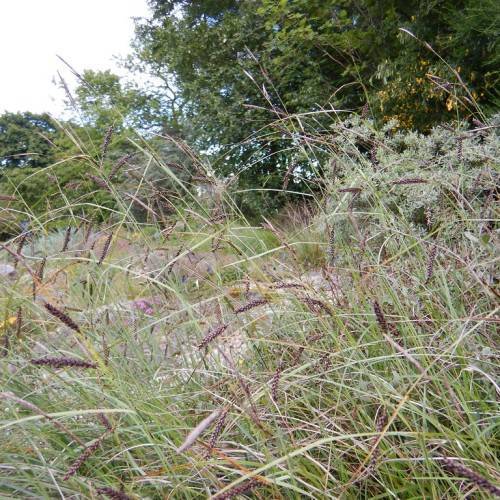
Hair Like Sedge
Carex capillaris
Also Known As - Hair SedgeWatering:
Frequent
Hardiness Zone:
Flowers:
Flowers
Sun:
full sun,part shade
Fruits:
Fruits Ready In Fall
Leaf:
Yes
Growth Rate:
Low
Drought Tolerant:
Yes
Salt Tolerant:
Yes
Care Level:
Medium
watering
Sedge (Carex canescens subsp. canescens x) should be watered weekly, allowing the soil to dry out slightly between waterings. During the summer months, you may need to water twice a week. When watering, water deeply and thoroughly until water begins to drain from the bottom of the pot or at least penetrate 8 inches deep into the soil. This will ensure that your Sedge plant's root system can access enough water. In drier climates, using a layer of organic mulch over the soil surface can help to retain soil moisture. During winter months, reduce watering frequency and water only when the soil becomes dry (usually every 2-4 weeks).
sunlight
Sedge (Carex canescens subsp. canescens x) grows best in full sun to partial shade, meaning that it needs at least 6 to 8 hours of sunlight a day. This plant prefers morning sun and afternoon shade. When grown in full sun, sedge will stay at a compact and dense size. If grown in too much shade, the plant will become spindly and will produce fewer flowers. Too much direct sunlight during intense heat spells can cause the plant to suffer from sunburn. Therefore, it is important to limit full sun exposure during the hottest part of the day.
pruning
When it comes to pruning a Sedge (Carex canescens subsp. canescens x) it should be done at least once a year. Generally it is suggested to prune in spring and in autumn. You should prune back any dead foliage, or any foliage that is not contributing to the overall structure, health, and appearance of the plant. Prune the foliage back to the level of the ground, or into a pleasing shape, and then add a layer of compost or mulch on top. This will help keep the soil moist and healthy and should help encourage new growth. Avoid excessive or drastic pruning as this can shock and damage the plant.
